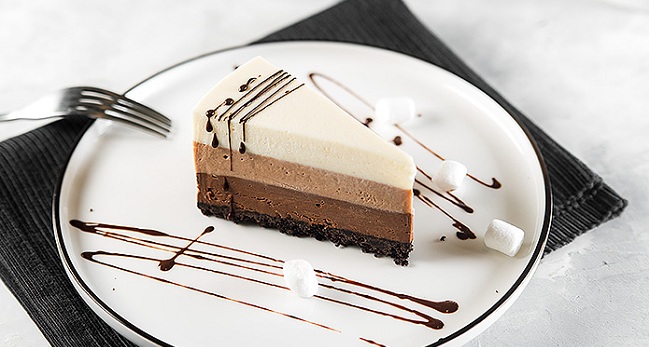Coffee lovers know: the bean makes the difference! And not just with regard to whether you like it aromatically mild or strong in the cup. The quality of the beans can be clearly determined based on a few essential characteristics. So how do you recognize good coffee beans? Here’s the answer.
1. Good coffee beans are good guys
From time to time, broken specimens can also be found under freshly bought quality beans. Given the long journey they’ve had, that’s not unusual at first. However, if a large part of the beans are broken, this is an indication of inferior quality. For example, it can refer to so-called bulk goods: such beans are loaded in containers and without care. The rule therefore applies: the fewer broken beans in the package, the more carefully they were processed, stored and transported.
2. Good coffee beans don’t have holes
Some insects also love coffee, especially the coffee cherry beetle. The little creatures leave traces of feeding, which can be recognized as holes in the beans. Thanks to the roasting, such beans are not harmful to health, but the pest infestation affects the quality. So if the majority of coffee beans remind you of Swiss cheese, that’s a clear sign of poor selection – and inferior quality.
3. Good coffee beans are mold free
Not only the coffee cherry beetle leaves its mark. Even if mold has formed during the drying process of the cherries, this can still be seen later in the roasted beans: if they have hard-edged spots, this is a sign of an earlier infestation. As a rule, health is not damaged, since the high temperatures during roasting kill most of the spores. Nevertheless, the whole thing is not very appetizing – who would voluntarily drink coffee from rotten beans?
4. Good coffee beans belong to a quality variety
The type of bean is of great importance for the quality, there are about 40 different ones worldwide. The Arabica bean makes up the lion’s share of the harvest at around 60%. It impresses with a low caffeine content and a very fine taste with a variety of aromas. It thrives best at high altitudes, so the criterion “highland coffee” is definitely a quality feature for Arabica beans. In addition to Arabica beans, roasters, especially for espresso, like to use Robusta beans. They contain more caffeine than Arabica and have a slightly tart and fuller aroma – perfect for espresso that tastes very much like Italy.
5. Good coffee beans are gently roasted
High-quality coffee beans should be gently roasted in a drum roaster. In contrast to industrial processes, roasting takes longer and takes place at a lower maximum temperature. This affects the later taste: acids, especially tannic acid, can be broken down thanks to drum roasting. In addition, fewer bitter substances are produced.
6. Good coffee beans smell intensely of coffee – and of nothing else
Another important criterion for the quality of the coffee beans is their smell. They should smell intensely of coffee – and nothing else. If you notice other smells, this is a sign that the harvest, coffee selection or roasting were not ideal.
7. Good coffee beans are packaged to protect the aroma
The packaging of the coffee beans is also decisive for the quality. It should be resealable and have a degassing valve to allow the CO2 from the beans to escape from the pack. At the same time, high-quality packaging protects the coffee from oxygen. This is the only way to preserve the full aroma of the beans.
8. Good coffee beans have no unwelcome companions
Stones, twigs or other things in the package show that care was not taken when sorting the beans. And what’s even worse: Such foreign objects can damage the grinder of your fully automatic machine or your coffee grinder.
9. Good coffee beans have no off-flavors
In addition to varietal peculiarities in taste, there are aromas that definitely have no place in coffee, so-called off-flavors. The coffee tastes like leather, rubber or forest floor? Then it is an inferior product or a poorly balanced roast.
10. Good coffee beans come at a price
Last but not least, it should be noted: the coffee bean’s journey from cultivation to cup is long and error-prone. The manufacturers of quality beans monitor every single step with corresponding care – from harvest to transport in jute sacks to roasting, and as with everything, good work comes at a price.





